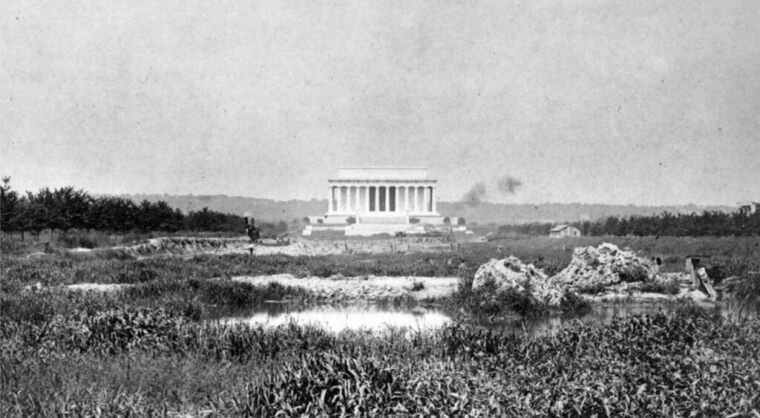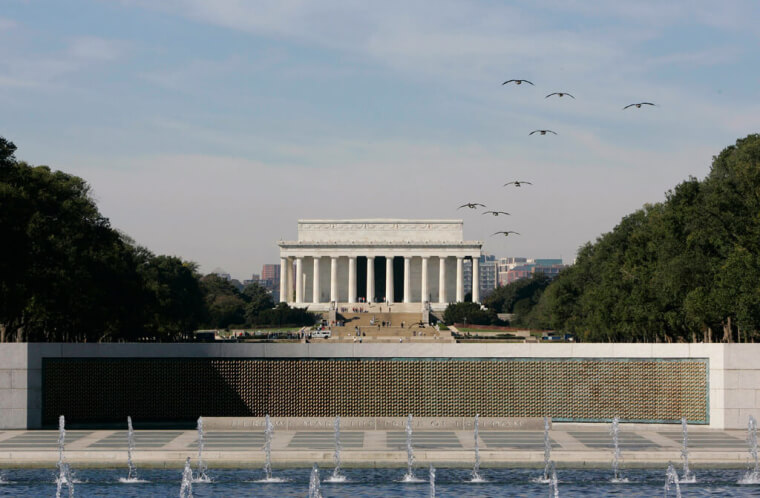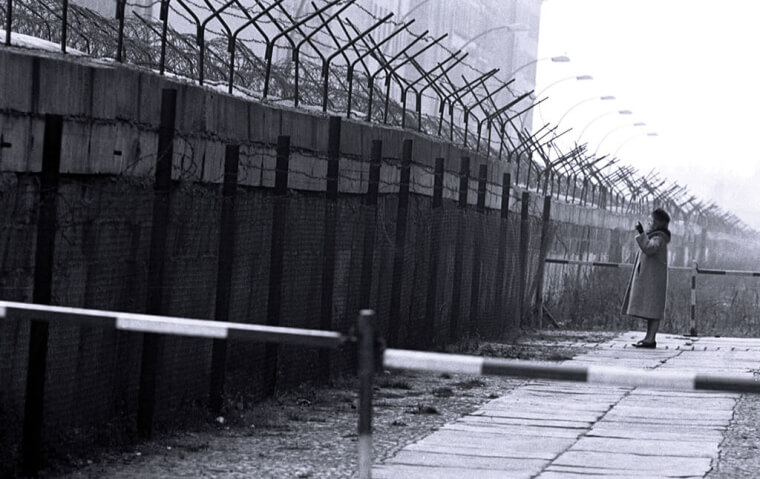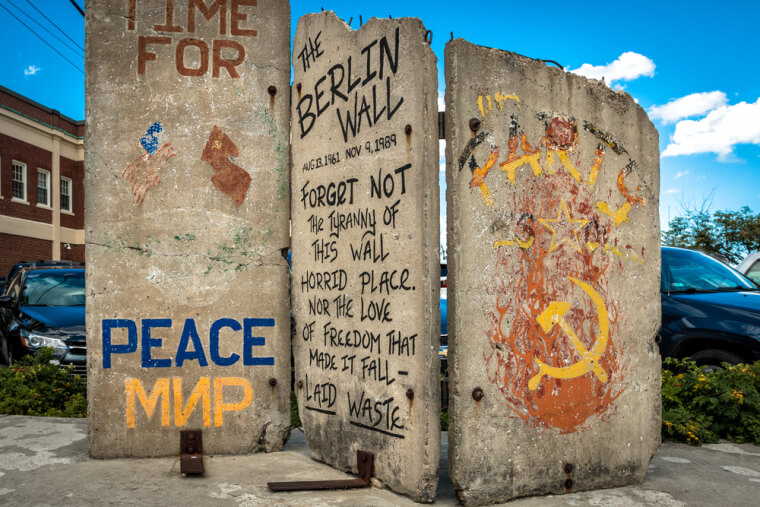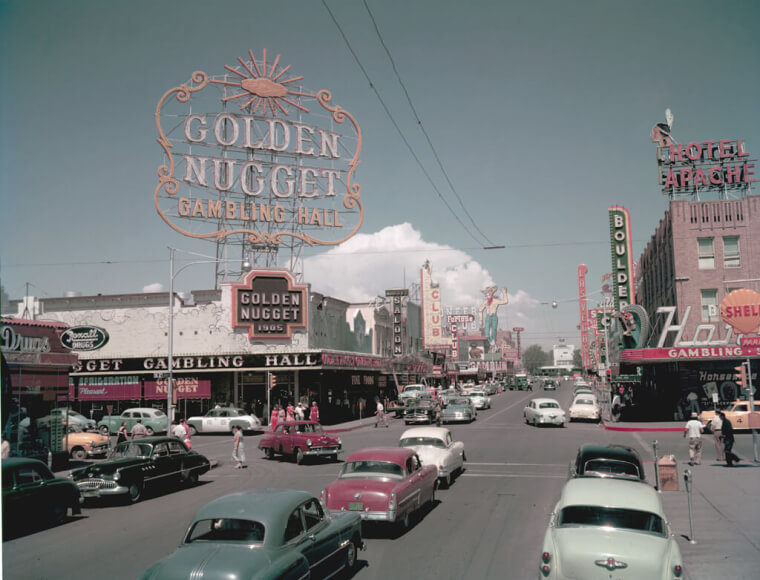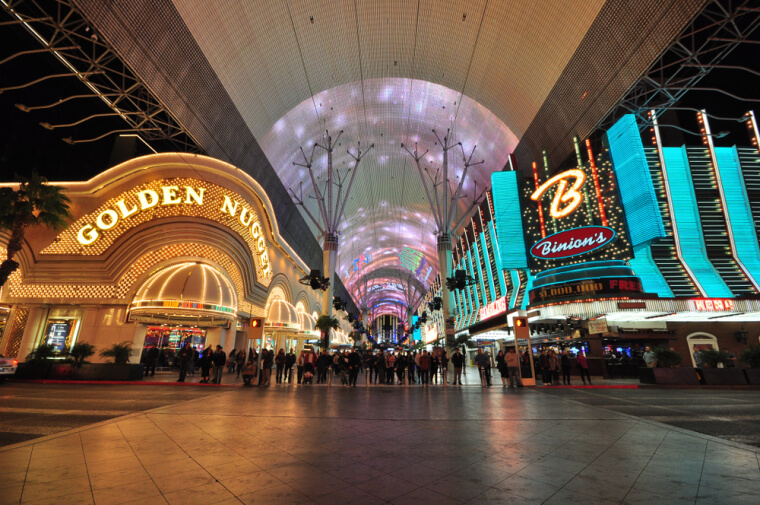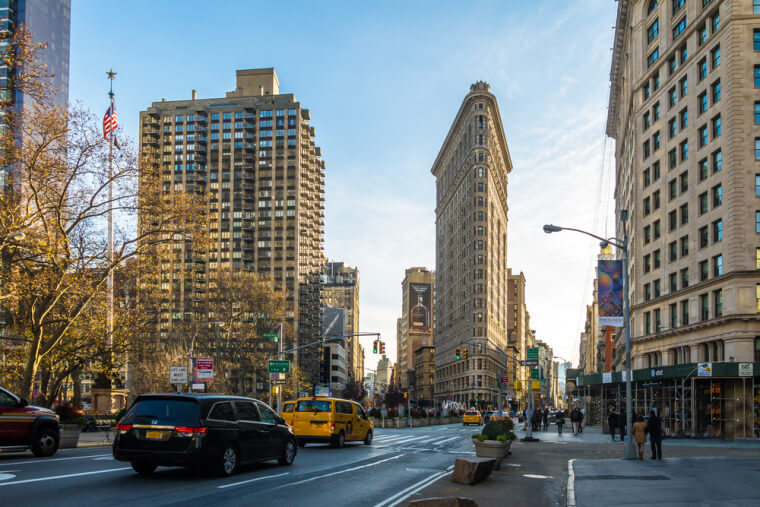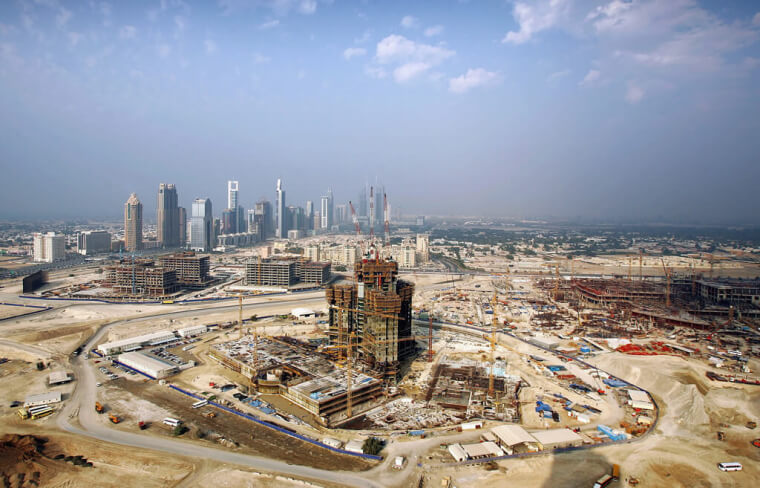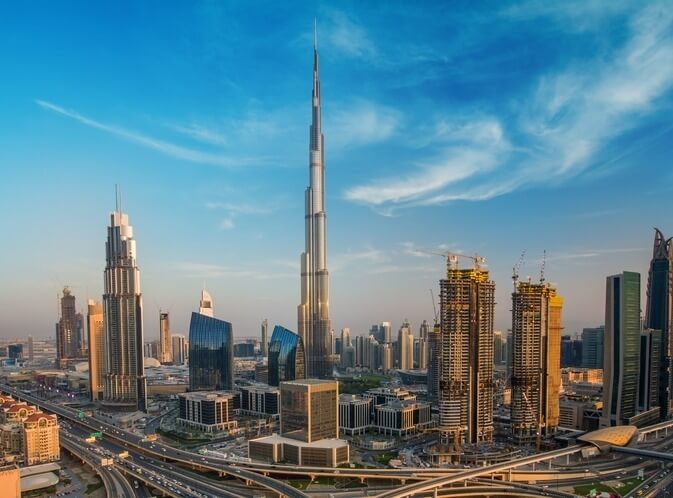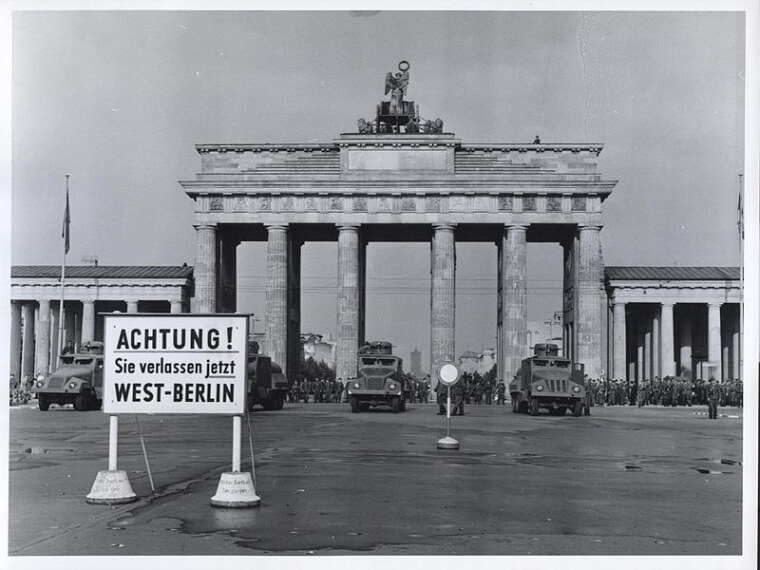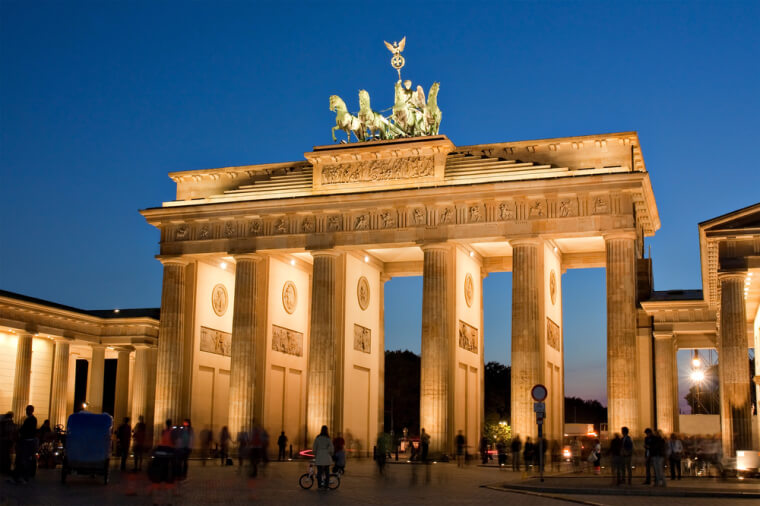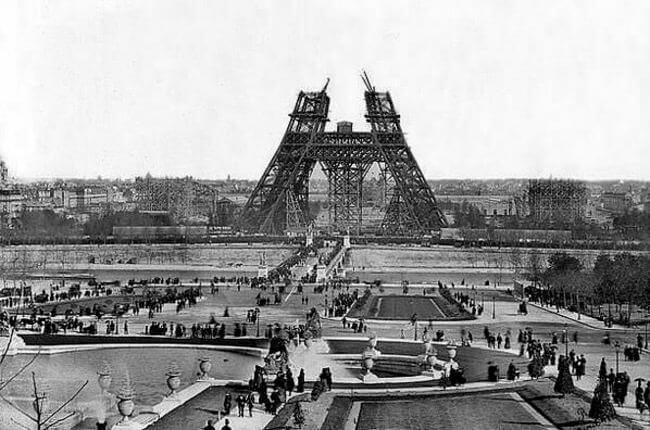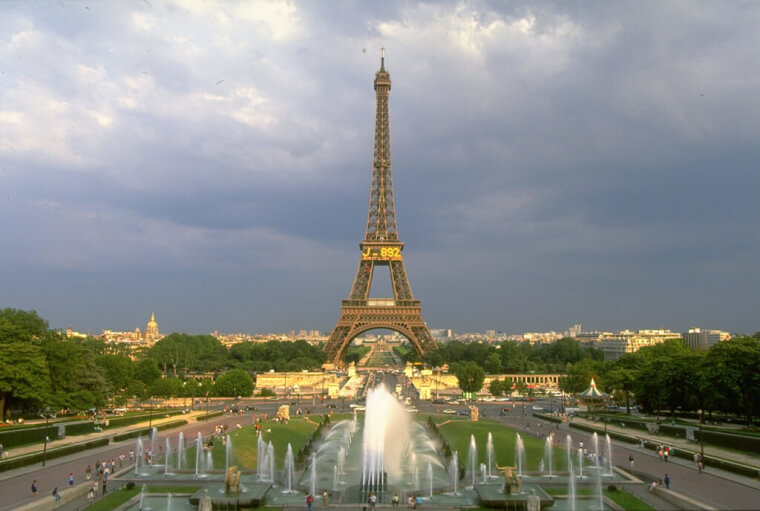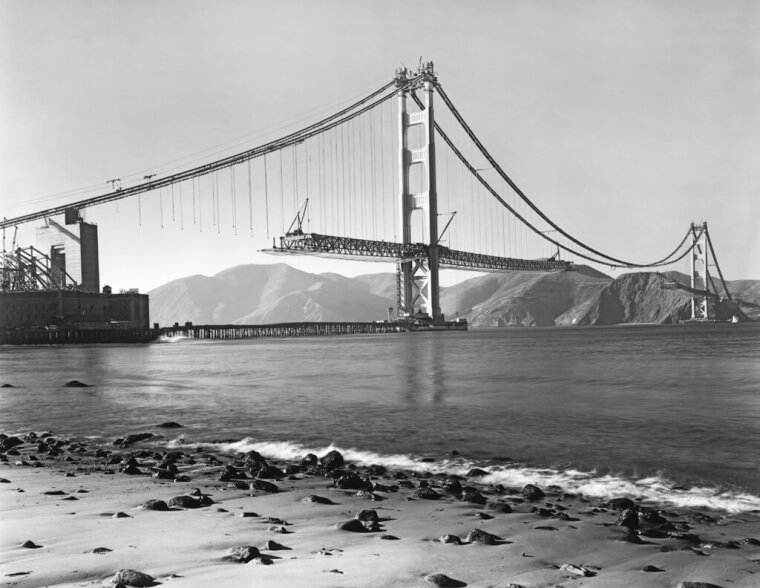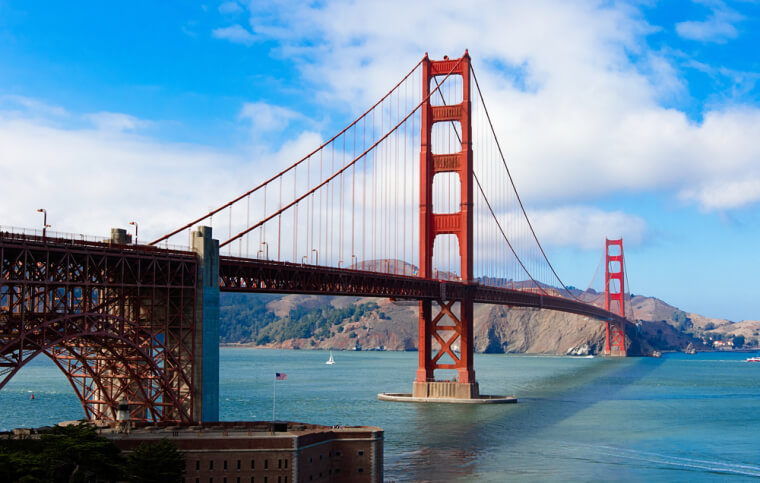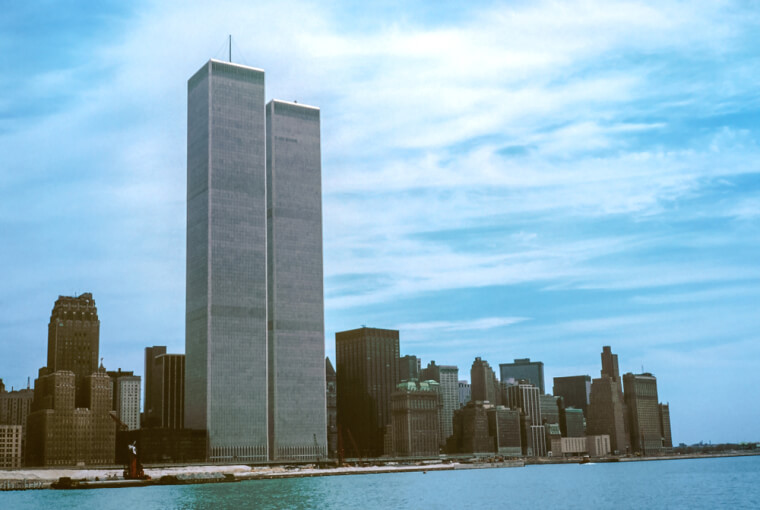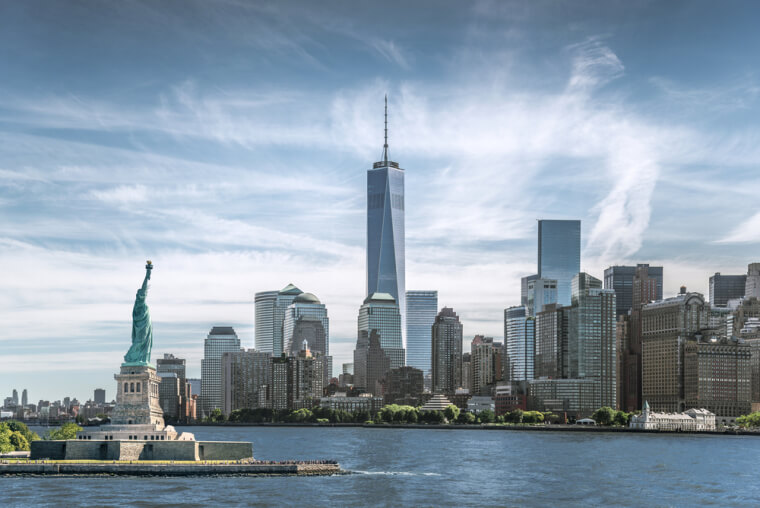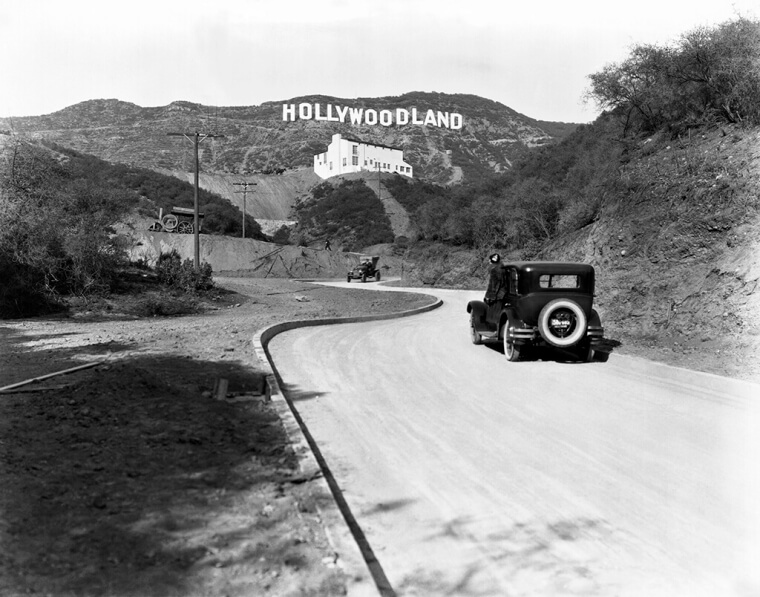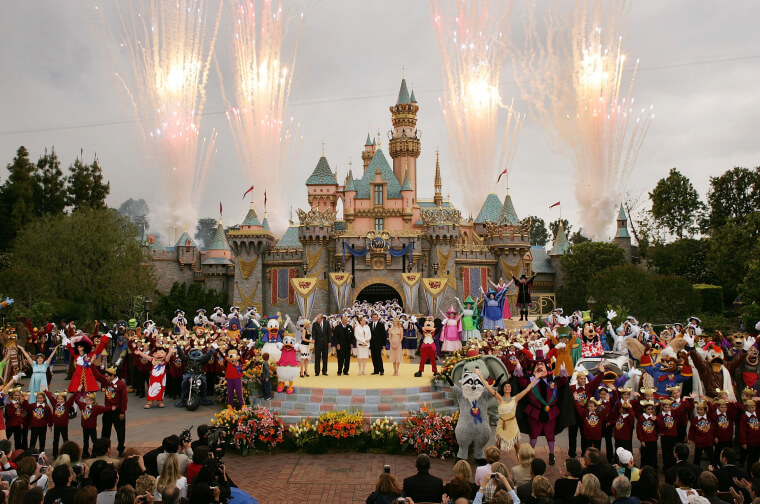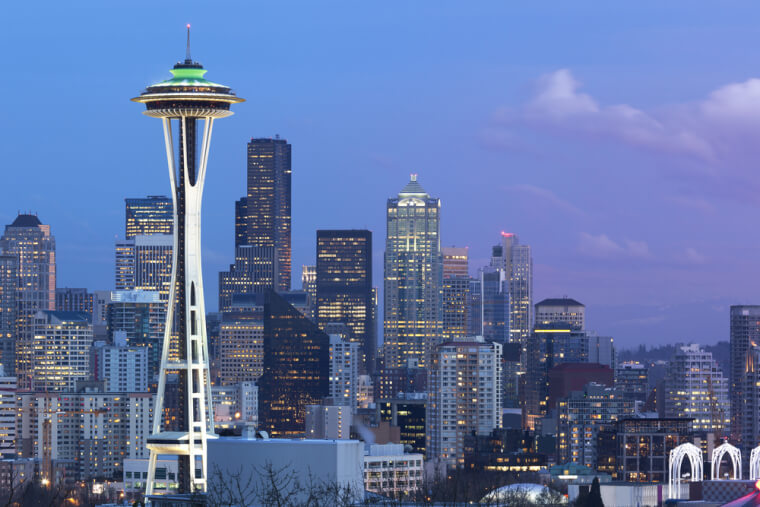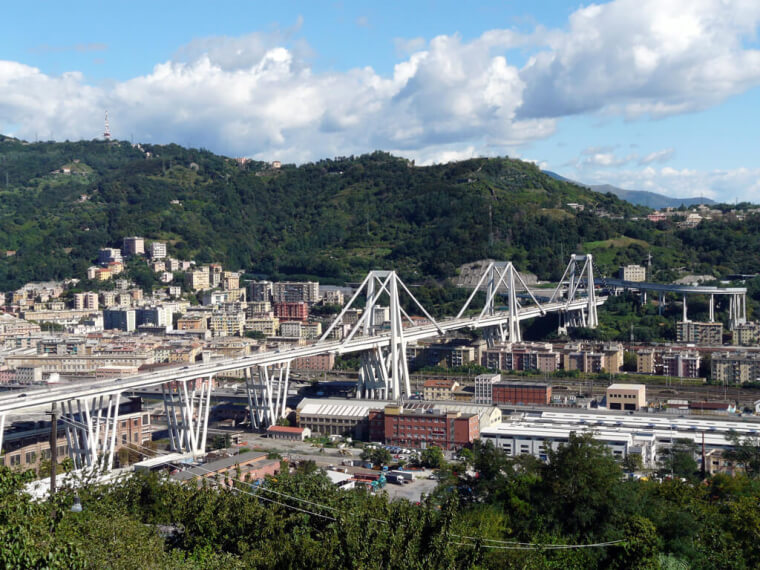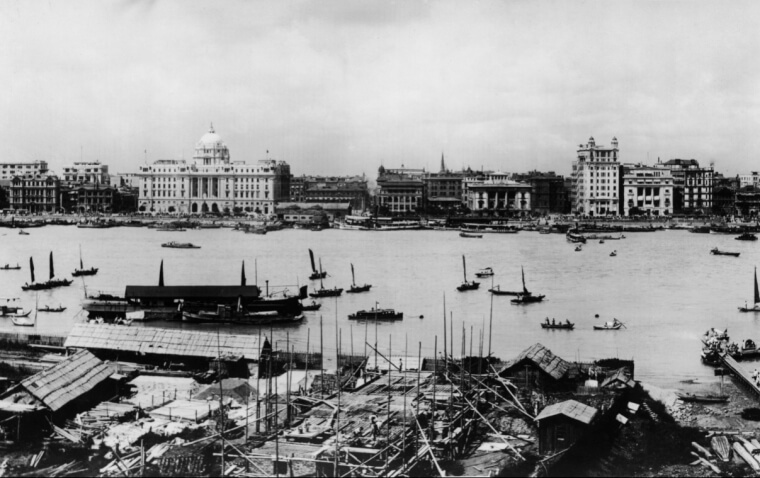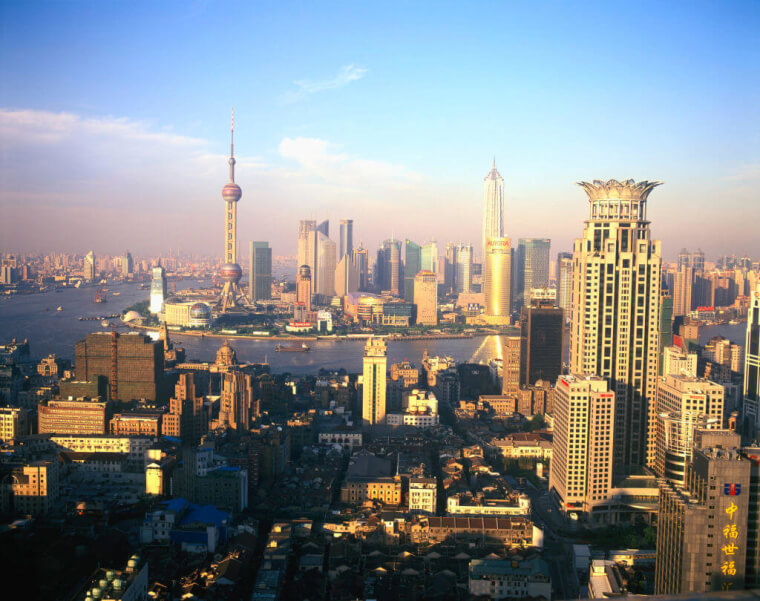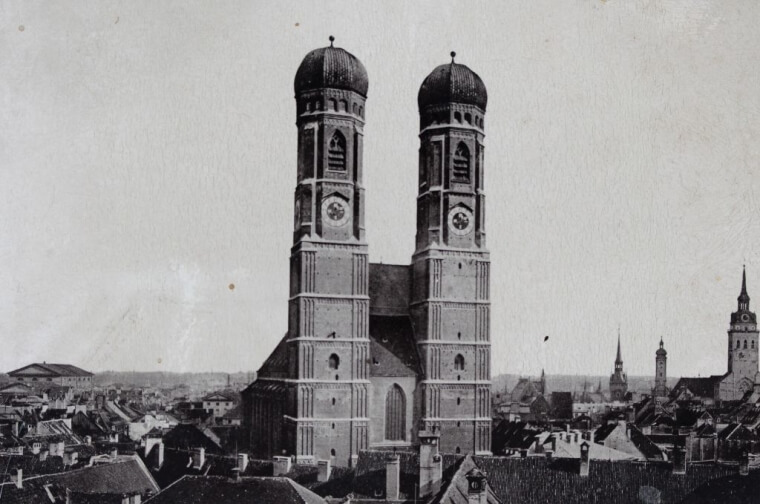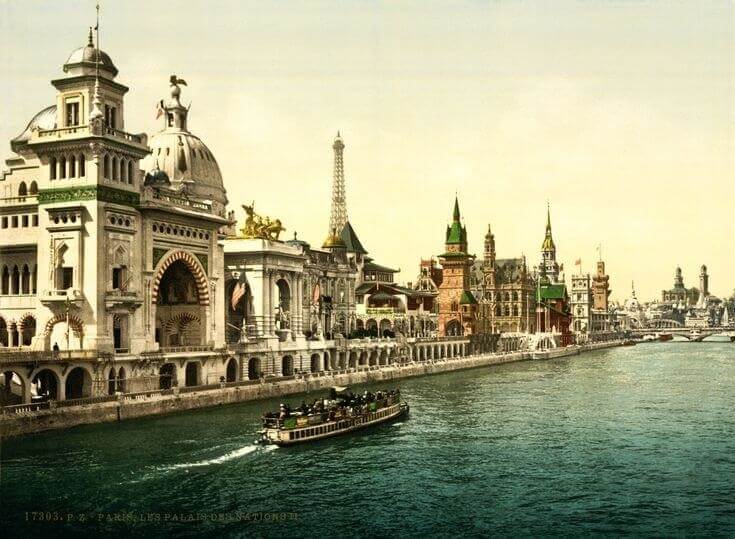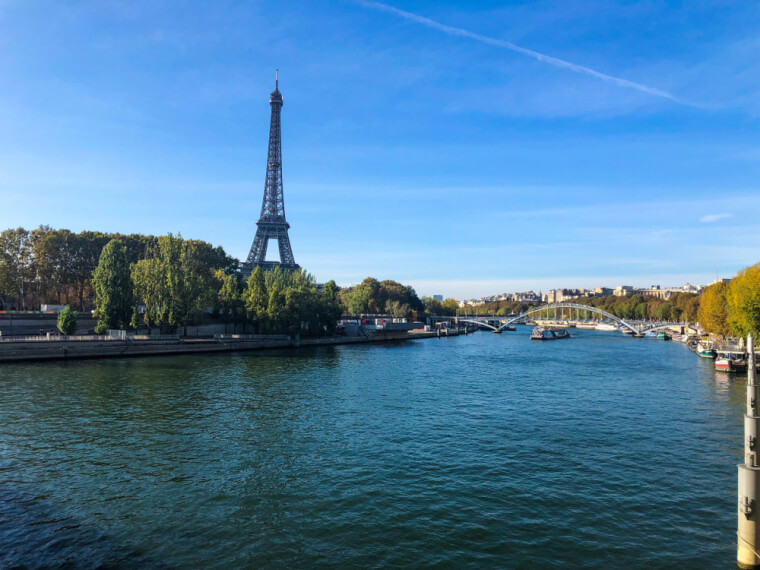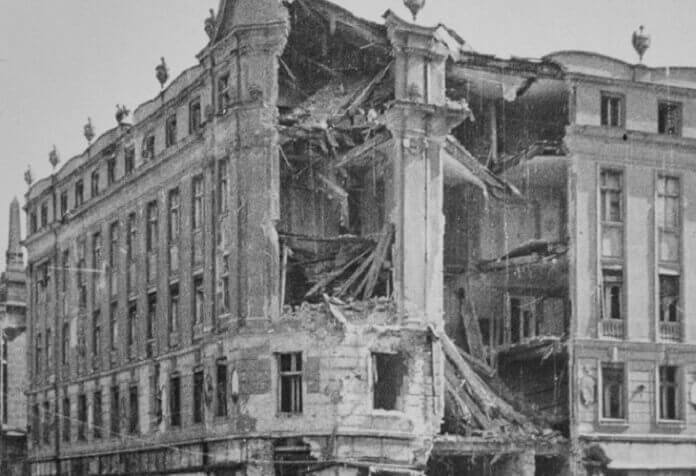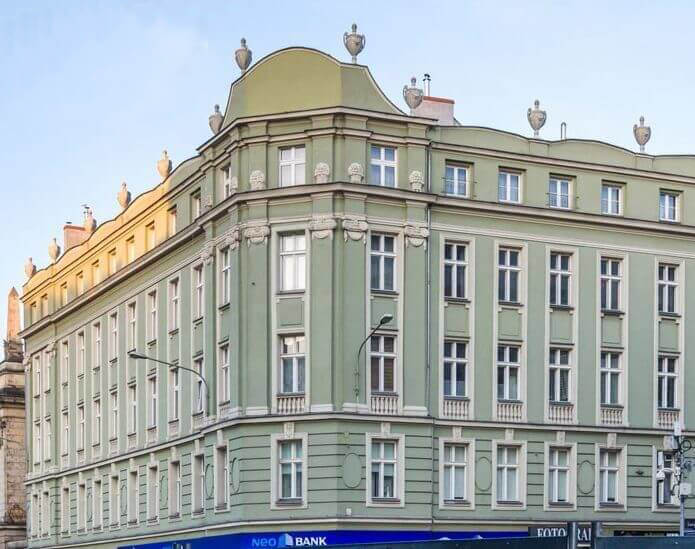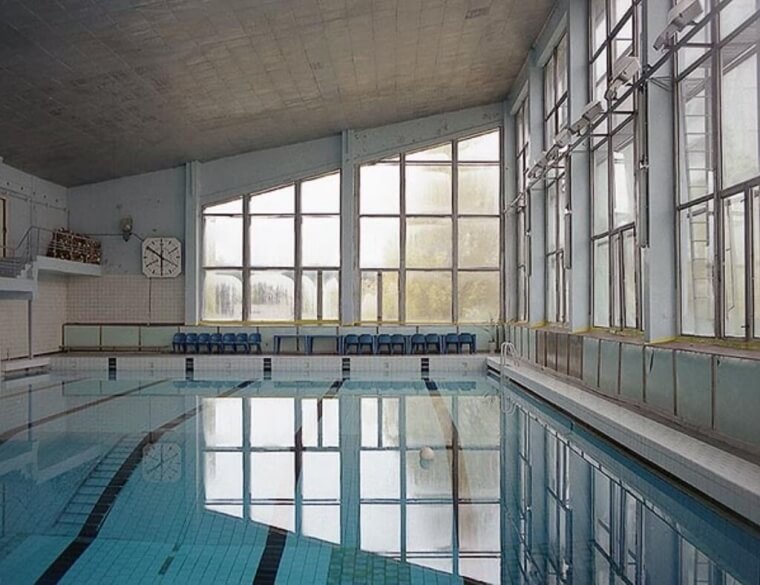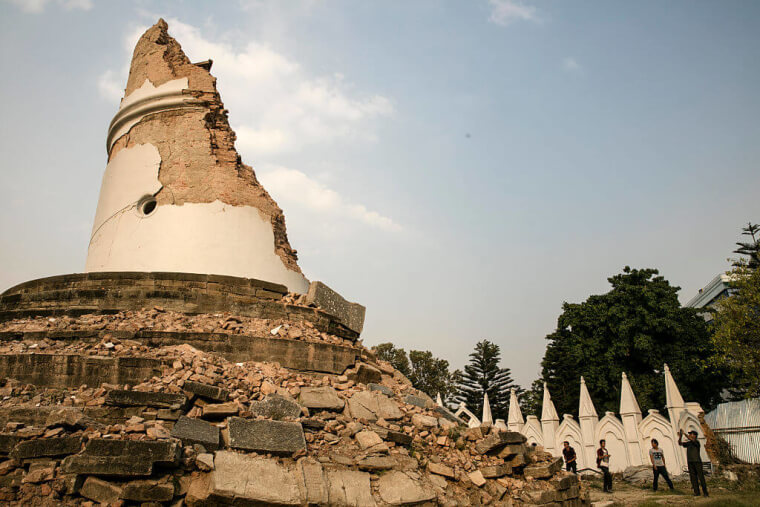The Lincoln Memorial - Then
When the 16th President of The United States was assassinated back in 1865, there was a huge demand to memorialize the president. So after two years, Congress passed a number of bills that would result in the construction of a monument in the honor of Abraham Lincoln.
Believe it or not, it took 60 years in total to finalize the structure - 50 years to start building it plus another ten until it was really completed. Though initially, the plan was to build 31 pedestrian statues, six equestrian statues, and a 12-foot statue of Lincoln, in the end, only the simple stately version of the statue lasted.
The Lincoln Memorial - Now
The famous Lincoln Memorial includes several excerpts from Lincoln’s two most memorable speeches: "Lincoln’s Second Inaugural Address" and the unforgettable "Gettysburg Address". To this date, several people still regard him as the “Savior of the Union”, which is in line with the fact that many protests and speeches continue to happen where his memorial is until today.
In fact, that’s where one of the most memorable events in history took place when Martin Luther King delivered his 1963 speech “I Have A Dream”. Today, the memorial sees some 6 million visitors on an annual basis.
The Berlin Wall - Then
The Berlin Wall was built in 1961 with the intent of dividing East from West Germany. Before it was put up, approximately 3.5 million East Germans crossed over to West Berlin. For decades, the Wall has been regarded as the “wall of shame”.
The wall was guarded heavily as it aimed to prevent Western “fascists” from making their way into Eastern Germany. Though there was wide criticism against it, the Wall lasted for almost three decades. Ironically, the wall wasn’t that tall, but it served as a constant reminder of the country’s deep division.
The Berlin Wall - Now
After decades of controversy around the Berlin wall, people finally said enough in 1989. With revolutions happening in Hungary and Poland, and social change taking over most of Europe, people began making their voices heard. Celebrities such as Bruce Springsteen, David Bowie, and David Hasselhoff also put some pressure on the government with their star status.
Finally, the German government gave in to the pressure and announced to all citizens that they would now be able to visit West Berlin freely. Almost immediately, people began tearing different parts of the wall until it officially and completely fell in October of 1990.
Las Vegas - Then
When one thinks of Sin City, the Las Vegas Strip is probably one of the first places that come to mind. But some might not know that before a Strip even existed, there was what was known as Fremont Street. The street exists since the founding of Las Vegas back in 1005 and became the pioneer of absolutely anything that took place in Vegas.
The Street became the first Las Vegas paced street in 1925, and also had the first traffic light in Las Vegas in 1931. Even more, the first official gambling license for Nevada also happened in Fremont street. Today, the street looks completely different.
Las Vegas - Now
Today, Fremont Street is nothing more than a walkway, looking completely different from the magical place it was back in the days. The “Golden Nugget” now has an impressive barrel vault canopy cloaking it, looking bright and as if it received some sort of facelift.
The main attraction of the place is a narrow pedestrian mall with several attractions, giving tourists the possibility of venturing off the strip directly into Downtown Las Vegas. More recently, the Fremont Street Experience was enriched by sound shows and nightly lights that are displayed on the impressive LED canopy that is located above the street.
The Flatiron Building - Then
In this picture from 1903, we can see New York City’s Flatiron Building. When the building was built it was aimed at serving as offices for George A. Fuller Company, the famous Chicago contracting firm. This picture was taken roughly a year after the place was built, featuring its iconic street sweepers and horse-drawn carriages.
The building’s memorable shape is believed to have been behind the building’s name. Fight Avenue, Broadway, 22nd, and 23rd Streets contained a triangular space of land in the area.
The Flatiron Building - Now
Today, the area around the Flatiron Building is almost unrecognizable. It is populated with huge skyscrapers that look into lower Manhattan. Yet, the 22-story building still contains some office space, welcoming several publishing companies over the years.
The building holds several quirks. For example, it is said that some offices are very strangely-angled and are some of the most sought-after offices due to their marvelous views. According to people who work in the building, the gendered bathrooms are also oddly placed on alternating floors.
The World’s Tallest Building- Then
It’s pretty hard to picture Dubai without its huge skyscrapers and billion-dollar cars, but can you believe that in 2000, Dubai was merely a barren of sand? Yep, it looked pretty much like what you can see in this picture. But it was also around that time that Dubai was becoming the city with the most number of people in the United Arab Emirates.
Though at the time Dubai was already one of the best places for farming, fishing, and pearl diving, it’s economy got a huge bump thanks to its oil trade. In this picture taken in 2005, we’re able to see the beginning stages of the world’s tallest building.
The World’s Tallest Building - Now
Though this picture was taken in 2009, it’s possible to see that the Burj Khalifa is the tallest building amongst several other really tall structures in the area. To this date, the Burj Khalifa still remains the tallest building in the world at 2,717 feet.
Once, Dubai’s ruler claimed that Dubai would not allow any other building to take its “first place” status. In addition to claiming to be the world’s tallest building, Dubai also has the tallest hotel, shopping center, and the largest indoor theme park.
The Brandenburg Gate - Then
The Brandenburg Gate, also known as the Brandenburger Tor is located in Berlin and characterizes one of the most iconic symbols in Germany. The Gate was built all the way back in 1971, commissioned by the Prussian King Frederick William II.
Throughout time and the many bumps in Germany’s history, the Gate has continued to stand tall. Its design is very much inspired by Acropolis in Athens, a decision made by the architect Carl Gotthard Langhans. Probably the most distinctive feature of the gate is The Quadriga, the four-horsed sculpture chariot being driven by goddess Victoria - once stolen by Napoleon during the war.
The Brandenburg Gate - Now
The Gates were restored in the past, passing through some of the worst times Germany has ever seen. During the Cold War, the Brandenburg Gate player an important role as part of the Berlin Wall. In 1963, when President John F. Kennedy visited Germany, Soviet authorities went on to hang red banners across the entire gate.
In 1987, the gate also had another emblematic role in history. When Ronald Reagan delivered his speech, he famously said: “Mr. Gorbachev, tear down this wall!” When the Cold War finally ended this appeal was eventually met.
The Eiffel Tower - Then
When the Eiffel Tower was originally built in 1889, it had the purpose of being the entrance to the World’s Fair for the 100th anniversary of the French Revolution. More than a hundred artists hoped to be chosen for the monument, but the honors were eventually given to Alexandre-Gustave Eiffel, one of the world’s most acclaimed bridge builders.
The idea for the wrought-iron tower came from one of his employees at the time, a man named Maurice Koechlin.
The Eiffel Tower - Now
It took at least two years to create the complex iron framework for the tower - which had to happen before the assembly even started taking place. Curiously, this wasn’t the first time that Eiffel and Koechlin worked on a monument before.
They were also behind the one and only Statue of Liberty. In 1889, the Eiffel Tower finally made its debut and was the world’s tallest building back then, at 1,000 feet high.
The Golden Gate Bridge - Then
This vintage photo depicts the Golden Gate Bridge when it was being built. Joseph Strauss was the engineer behind the bridge, hired in 1919. When he was hired, he quickly said that it would cost $30 million or less to build the bridge.
Though the bridge is obviously beautiful, it was also inspired by the necessity for people from San Francisco to travel easily to its northern suburban neighbors. At the time, a good number of people opposed the construction of the bridge claiming that it would take away the natural beauty of the area
The Golden Gate Bridge - Now
Building the bridge was no easy task, and engineers had to find safe ways of preventing workers from falling into the ocean. For that, they installed a net right under the construction site, which eventually saved nineteen workers who would have otherwise fallen to the ocean.
During the four years that it took to build the bridge, there was one major casualty. In 1937, 10 workers were sadly killed when a scaffold fell through the net. Today, the Bridge is one of the most photographed bridges in the entire world.
The Gateway Arch - Then
The tallest arch in the world is located in St. Lois, Missouri, standing at 630 feet. The Gateway Arch was designed by Eero Saarinen, a Finnish-American architect who designed the arch’s plans in 1947, with construction beginning over ten years later, in 1963.
The stainless steel arch was completed in 1965, representing the westward expansion in America. A ton of public money was spent on the arch, which raised concerns amongst citizens - today, the cost for building the arch would be equivalent to $77.5 million.
The Gateway Arch - Now
Though some people would still characterize it as some sort of superficial project, the truth is that the arch stands to this date. In 1987, the arch was officially classified as a national landmark, being ranked the fourth on the list of “most-visited human-made attractions” in the world in 1974.
Thanks to careful thinking by city planners, developments around the arch were thought around it so that nothing could obstruct or block its view.
The World Trade Center - Then
In 1943, the concept of the World Trade Centre was introduced, but only when David Rockefeller encouraged the project was when it actually went through. Though the World Trade Center consisted of seven buildings located in lower Manhattan, the Twin Towers quickly became the most iconic of them all.
Several construction firms and engineers joined their forces to come through with the plans for the buildings, which began construction in 1966 and were completed in 1973.
The World Trade Center - Now
The devastating terrorist attack that took place on September 11, 2011, targeted the Twin Towers of the World Trade Center, and killed 2,606 people from in and around the towers, in addition to 157 who were on board the two aircraft.
The horrible attack affected Americans and global citizens greatly but also inspired people to come together. Since the attack, a memorial has been created at Ground Zero, honoring the many victims and heroic firefighters, and other first responders.
“Hollywoodland” - Then
Though probably everyone knows or has heard of Hollywood, many probably don’t know that it used to be called Hollywoodland. When the iconic Hollywood sign was built on Mount Leet in 1923, it intended to attract developers from the area to start building real estate around it. Well, it’s safe to say that the plan worked.
Each letter of the sing was initially 50 feet tall and 30 feet wide, requiring some 4,000 light bulbs. Each section of the word (Holly-wood-land) would light up at different times, and then as a whole.
Hollywood - Today
Today, the Hollywood sign is widely known and the area is also one of the most prestigious areas in the world. The area poses as the center of the entertainment and pop culture industry.
The “land” part of the word was eventually dropped and the letters have changed to 352 feet long and 44 feet tall. Because the sign looked pretty bad in 1978 due to time, Hugh Hefner and eight other donors contributed $250,000 to restore it.
Disneyland - Then
It might be hard to believe that before 1955 a world without Disneyland actually existed. When Walt Disney visited Griffith Park in Los Angeles he had the vision of creating a theme park inspired by his films
In his vision, families would be able to “walk into” the magical world that his movies created. So between 1954 and 1955, the theme park was built with some essential funding from ABC.
Disneyland - Now
Since its grand opening in the 1950s, Disneyland has continued to be one of the most magical places in the world.
Entertainment and technology have been on their prime at the theme park, though several changes and restorations had to happen throughout the years. On a daily basis, an average of 44,000 people visit the park with it being considered one of the happiest places on earth.
The Seattle Space Needle - Then
Some would say that Seattle without the iconic Space Needle would have never been the same Seattle we love today. The Space Needle was built in 1961 with the sole purpose of being an observation tower. The tower is enormous, standing at 605 feet tall while being prepared for natural disasters such as earthquakes with a 9.1 magnitude.
Edward E. Carlson and John Graham were the ones behind the design of the Needle as a project for the 1962 World Fair.
The Seattle Space Needle - Now
To this date, people from all over still travel from different places around the country to experience the incredible view from the Seattle Space Needle. Though it’s not particularly as tall as the CN Tower located in Toronto, it sure does hold its ground well. In 41 seconds, one is able to climb the entire 520 feet of the tower through its elevators.
Though there were once two restaurants located at the top of the Needle, today there is only a Northwest cuisine restaurant that rotates 360 degrees every 47 minutes.
Morandi Bridge - Then
In 1963, the Morandi Bridge (or Ponte Morandi) located in Genoa, Italy, began its building processes but only opened four years later. The bridge, which belongs to the A10 motorway, has been one of the most important links to not only France but the entire European route E80.
The bridge helped link two huge parts of Genoa that were otherwise separated by the Polcevera river. Riccardo Morandi was the designer behind the bridge, an Italian Civil engineer widely renowned for his skills in reinforced concrete in his projects. The bridge is composed of different smaller parts that form an overpass, thus being built as a viaduct.
Morandi Bridge - Now
Sadly though, the Morandi Bridge didn't last. This was discovered by Gnoan citizens in August of 2018 when the bridge eventually collapsed in the midst of torrential rainfall. Just like that, what was once an incredible bridge, simply collapsed, with almost 700 feet of it falling on to the ground and to the river below it.
At the time it collapsed, the bridge had three heavy vehicles and 35 cars traversing, resulting in 43 people dead and some 15 people injured in critical condition. Though there are many theories around why the bridge collapsed, the main two involve lightning and the structural weakness of the bridge.
Shanghai - Then
For decades Shanghai has continued to be considered one of the fastest-growing cities in the world. In this picture, we’re able to see the view overlooking Shanghai’s Pudong district and the Huangpu River during the 1980s.
Before that though, famine, drought, reform, and suppression were characteristic of the now magical city as a result of the Communits Party establishing the People's Republic of China in 1949. The situation improved drastically though after the Cultural revolution that started in the 70s when the Shanghai Communiqué was signed by then-President Nixon and Shanghai’s then-leader Premier Zhou Enlai.
Shanghai - Now
Here we get to see present-day Shanghai. Shanghai ended up becoming a cultural and economic hub that is recognized all over the world, largely thanks to Deng Xiaoping, China’s leader in 1990. Xiaoping had the vision of developing the city and creating the hub it is today, allegedly stating once: “If China is a dragon, Shanghai is its head.”
In less than 25 years, Shanghai has developed at a rapid pace and is now called the “vertical” city home to some of the tallest and largest buildings in the world, such as the Shanghai Tower (measuring 2,037-foot).
Dresden Frauenkirche Old Church - Then
When World War II finally ended, hopeful citizens of Dresden started salvaging what had become the mere fragments of Dresden Frauenkirche. They hoped that the landmark would be rebuilt once the war had ended, but unfortunately, the Communist regime refused to do so.
Though there were many efforts made into transforming the area into a parking lot, citizens felt so emotionally attached to the area that it eventually became a memorial against the horrors caused by the war in 1966. When the Berlin Wall fell in 1989, the city rebuilt the church, which wasn’t completed until 2005.
Dresden Frauenkirche Old Church - Now
In front of the old Church laid the statute of Martin Luther, who amongst many other things, was the forerunner of the Protestant Reformation. He was memorialized with the statue pictured here, located in Dresden Frauenkirche (Church of Our Lady) which was originally built in the 18th century.
When Anglo-American forces attacked Dresden in 1945 with a ton of firebombs, the church’s dome that had stood proudly until then was destroyed. Some 25,000 people were killed in the attack, and all that remained from the church was a pile of rubble that remained untouched for at least 45 years.
The World Exposition Buildings - Then
When the World Exposition took place in 1900, 48 million visitors came from all over the world to experience the huge event. Several countries from around the world were represented in buildings during the event. This picture showcases some of these countries, with the United States, the Ottoman Empire, Bosnia-Herzegovina, Belgium, Germany, Spain, and Macaco represented.
Though the buildings were really stunning, they were eventually demolished not too long after the exhibition was concluded.
The World Exposition Buildings - Now
If you look closely enough you’ll be able to see the only remaining structure in the area today, which is the Eiffel Tower. Other than that, it’s actually really hard to believe that the area is the same one today. Because the buildings were built with mostly cheap materials, it would have simply cost way too much to maintain the entire structures.
In addition to the Eiffel Tower, the Passerelle Debilly is also still intact, but both monuments remain the only landmarks still standing since the 1900 World Exposition. Today, the area remains a sort of open-air area, and constructions are not really being encouraged there.
A Polish Apartment Complex - Then
This crushing picture shows yet another devastating landmark by World War II. The war caused widespread destruction all over the world, and some of the most important buildings have been affected by it. This particular photo shows an apartment complex in Poznań, Poland, located in the corner of Św. Marcin and Ratajczaka Streets.
During the war, over 6 million Polish citizens lost their lives, which was almost one-fifth of the whole population of Poland. Citizens not only endured attacks on their homes but were also killed and tortured in camps and prisons.
A Polish Apartment Complex - Now
With over seven decades passed since the end of WWII, the beautiful structure that was basically demolished in the previous picture now stands gorgeously tall. In fact, many people might not even know that the picture once looked the way it did in the previous photo since today it shows a beautiful facade. After six horrible years of war, everything ended in May of 1945.
The Germans had surrendered to the Allied Forces and Hitler was dead, which meant that several concentration camps were liberated. The country finally started rebuilding its structures including the Polish Apartment Complex in the emblematic corner.
The Azure Swimming Pool - Then
The Azure Swimming Pool was recognized as one of the most popular and emblematic indoor swimming pools located in Pripyat, Ukraine. At the time, there were only three popular indoor swimming pools, and The Azure was certainly one of the favorites.
It was built during the 1970s and could often be seen full of young people spending hours having fun and doing sports. But sadly, the Azure Swimming Pool bore the consequences of one of the most devastating nuclear accidents in history. In April of 1986, the Chernobyl Nuclear Power Plant had an explosion, and the area became completely uninhabitable.
The Azure Swimming Pool - Now
After the Chernobyl disaster took place, many buildings in the “ghost town” stayed open so that workers that were still involved or working in and around the plant could use them. The Azure Swimming Pool was amongst some of the open structures, being characterized as one of the cleanest buildings in Pripyat.
However, for 20 years now the Swimming Pool has been completely abandoned. Because no one knows what the long-term effects of radiation exposure could be yet, only in 2065 there will be a more accurate estimation of the death rate caused by the disaster.
The Dharahara Tower - Then
The Dharahara Tower is a grandiose nine-story tower that was built by Mukhtiyar in 1932. The tower is located right at the center of Sundhara in Kathmandu and was the tallest building in Nepal for a while. It has 213 steps displayed in a spiral staircase that visitors love to hike to the top.
Though the trek was pretty difficult to climb, it was apparently really worth it. Allegedly, there was a circular balcony with panoramic views located on the eighth floor - showing a perfect picture of the Kathmandu Valley. Since it was built though, the tower has experienced a ton of challenges that included two earthquakes, one in 1834 and the other one in 1934. Yet, the tower survived both of them.
The Dharahara Tower - Now
Sadly though, the tower wasn’t invincible after all. It wasn’t so lucky when a 7.9-magnitude earthquake struck the entire area in April of 2015 resulting in a complete collapse of the tower, except for the base. Several people were in the area and ended up being trapped under the rubber, with at least 60 lives being lost due to the disaster.
The year after, the government declared that the tower would be rebuilt, this time ensuring that the tower would be earth-wake resistant. They started building it back in June of 2018.

